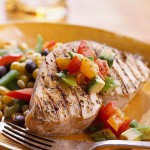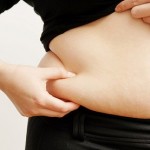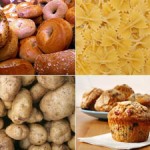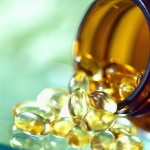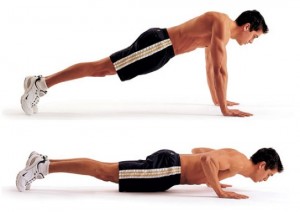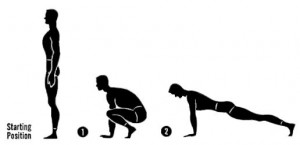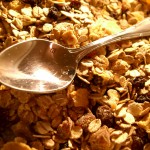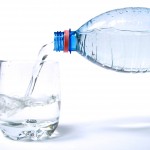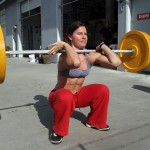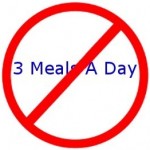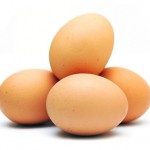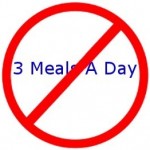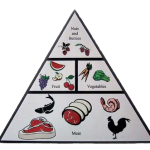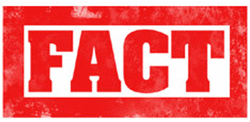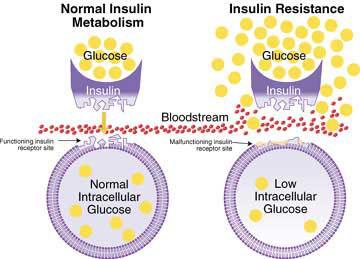Hi & Welcome back!!
There is a lot of confusing information out there about diet and what works and what doesn’t and so on.
Even the so-called experts seem to rarely agree – and then there is the mixed messages  from the media as they report on ‘scientific’ findings from scientists who are funded by various parts of the food industry (Same thing as big tobacco did for years to discredit the mounting proof of the devastating effect of smoking on health…)
from the media as they report on ‘scientific’ findings from scientists who are funded by various parts of the food industry (Same thing as big tobacco did for years to discredit the mounting proof of the devastating effect of smoking on health…)
Personally I have moved to a more Paleo high vegetable, high protein, moderate fat and low to no processed carbs – especially grain based ones!- and low dairy) style diet and am feeling the better for it but I have friends who each lots of grains and are very healthy. What don’t see – ever – is anyone on the typical western diet, full of processed carbs, high fructose corn syrup, sugars and transfats who is or feels in their optimum health…
So ignoring the ‘normal’ folk here is a list of things that pretty much everyone I know—from Atkins to vegans, Vegetarians to Paleos, or from raw foodists to calorie counters—should be able to agree on.
 Eat more vegetables. Try to think of yourself as a ‘vegevore’ that is someone who eats 40 to 50%+ of their diet as vegetables then protein then fats and finally fruit. Veges generally have a low calorie impact (depending upon how they are cooked or ‘dressed’) are the best source of vitamin. minerals, co-factors, antioxidants and even anti-inflammatories. Add to this the presence of fibre and chemopreventive agents like polyphenols, catechins, indoles, flavanols, and flavonoids; and you’d have to be plain dumb not to be eating as many veges as you can.
Eat more vegetables. Try to think of yourself as a ‘vegevore’ that is someone who eats 40 to 50%+ of their diet as vegetables then protein then fats and finally fruit. Veges generally have a low calorie impact (depending upon how they are cooked or ‘dressed’) are the best source of vitamin. minerals, co-factors, antioxidants and even anti-inflammatories. Add to this the presence of fibre and chemopreventive agents like polyphenols, catechins, indoles, flavanols, and flavonoids; and you’d have to be plain dumb not to be eating as many veges as you can.- When (and if) you eat meat, make it grass fed. The research continues to grow
 that grain fed cattle, pigs and sheep produce less healthy meat than grass fed. It does tend to be more expensive but it contains fat that is higher in the anti-inflammatory omega-3’s and lower in pro-inflammatory omega-6’s. Well worth the effort and cost.
that grain fed cattle, pigs and sheep produce less healthy meat than grass fed. It does tend to be more expensive but it contains fat that is higher in the anti-inflammatory omega-3’s and lower in pro-inflammatory omega-6’s. Well worth the effort and cost. - When (and if) you eat starchy carbohydrates, the less processed the better. Oatmeal beats Coco Pop or Sugared Flakes. True wholegrain bread beats anything white, brown or vitamin added. If you’re going to eat grain derived, starchy carbs then the less processed the better.
 Drink lots of water and green tea. These are are two of the healthiest beverages you can drink and the more you have of them the better. I’ve now come to believe that even diet soft drinks (sodas) are just as bad for you as regular sugared ones Not for any fanciful cancer link but because ingesting artificial sweeteners appears to stimulate hunger and cravings as your body recognises them as being calorie free and the taste primes your body for calories…) Coffee is fine but not in large amounts. rankly water and green tea, a couple of litres of each and you’ll be doing your body a huge favour…
Drink lots of water and green tea. These are are two of the healthiest beverages you can drink and the more you have of them the better. I’ve now come to believe that even diet soft drinks (sodas) are just as bad for you as regular sugared ones Not for any fanciful cancer link but because ingesting artificial sweeteners appears to stimulate hunger and cravings as your body recognises them as being calorie free and the taste primes your body for calories…) Coffee is fine but not in large amounts. rankly water and green tea, a couple of litres of each and you’ll be doing your body a huge favour…- Berries, beans and nuts should be a large part of your diet. Hard line Paleo folk don’t eat beans and have few if any nuts but lots of folk seem to
 thrive on them so I’ve included them here. Personally I no longer have beans and my nuts are restricted to the occasional walnut binge…As for berries everyone should be eating a couple of cups of these nutritional storehouses every day. Fresh or frozen doesn’t really matter nutritionally – just eat lots!!
thrive on them so I’ve included them here. Personally I no longer have beans and my nuts are restricted to the occasional walnut binge…As for berries everyone should be eating a couple of cups of these nutritional storehouses every day. Fresh or frozen doesn’t really matter nutritionally – just eat lots!! - Add supplements to your diet. Just about everyone would benefit from adding Vitamin D, a multivitamin, fish or krill oil; zinc and possibly magnesium to their diet.
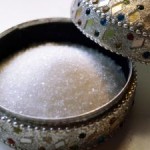 Do your best to cut out or limit high fructose corn syrup and sugar from your diet. By now this should be a no-brainer for anyone remotely interested in being lean and healthy.
Do your best to cut out or limit high fructose corn syrup and sugar from your diet. By now this should be a no-brainer for anyone remotely interested in being lean and healthy.- A certain portion of your daily diet should come from raw foods. Raw food contain enzymes and other co-factors that cooking and processing in general destroy. Of course veges and fruits are the target here although some braver folk include raw meat from trusted sources…
There you have a moderate, sensible set of guidelines to follow to eat healthier, support your health and become leaner.
To quote noted author Michael Pollan: 
- Eat food.
- Not so much.
- Mostly plants.
Or as Sean Croxton of ‘Underground Wellness’ says:JERF
- Just Eat Real Food.
Not everyone will agree and every day you’ll find some expert or another saying that low carb or low fat or no dairy or no grain is the only way to go…but the next time you feel like hitting your head against the nearest hard object because the “experts” can’t “agree on anything”, take a deep breath, a sip of green tea and re-read this list.
Trust me it’ll do you wonders.
See you next week – don’t forget to like us on FB!!

